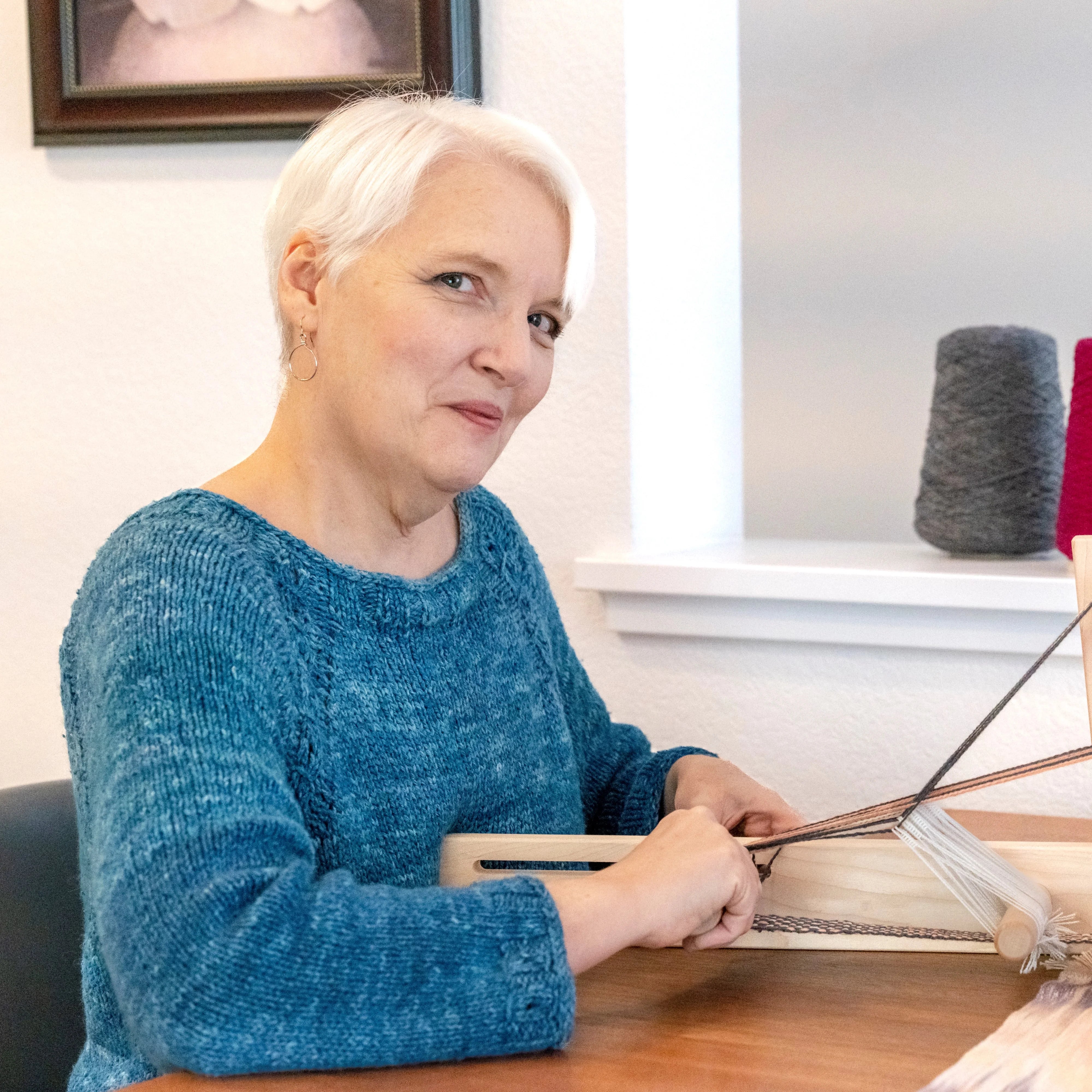Free online course—Spring Quarantine 2020 Spin-Along
$0.00
SKUCO0008
All the Details
Products Used in the Course

meet your instructor
SKUCO0008
Products Used in the Course

meet your instructor